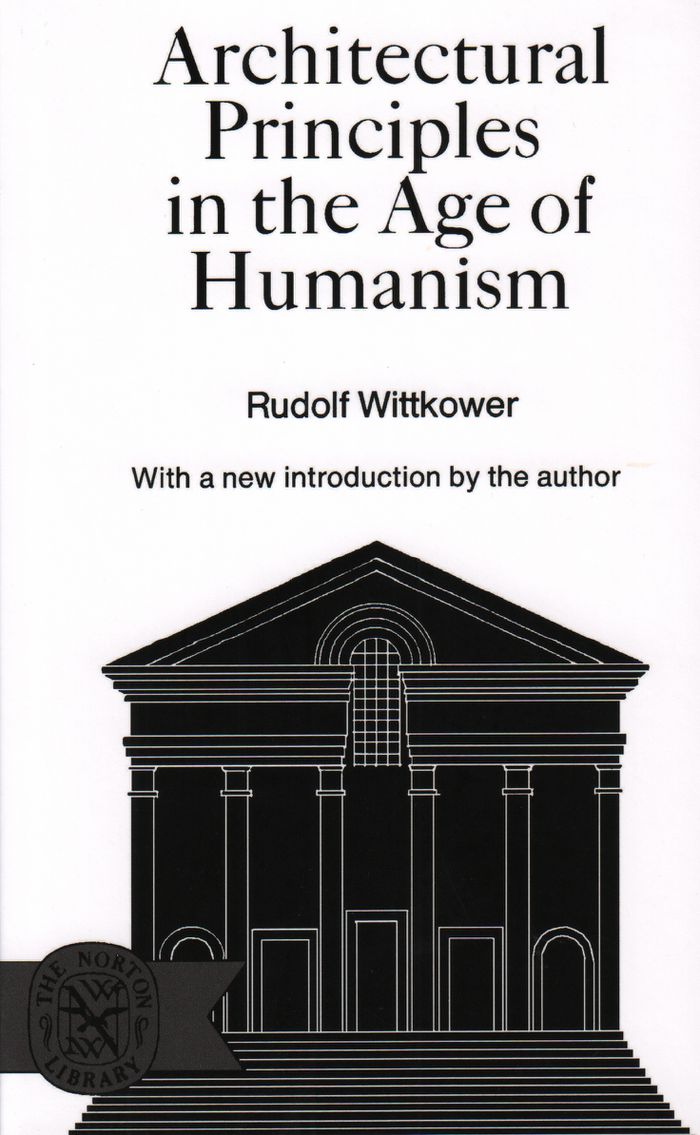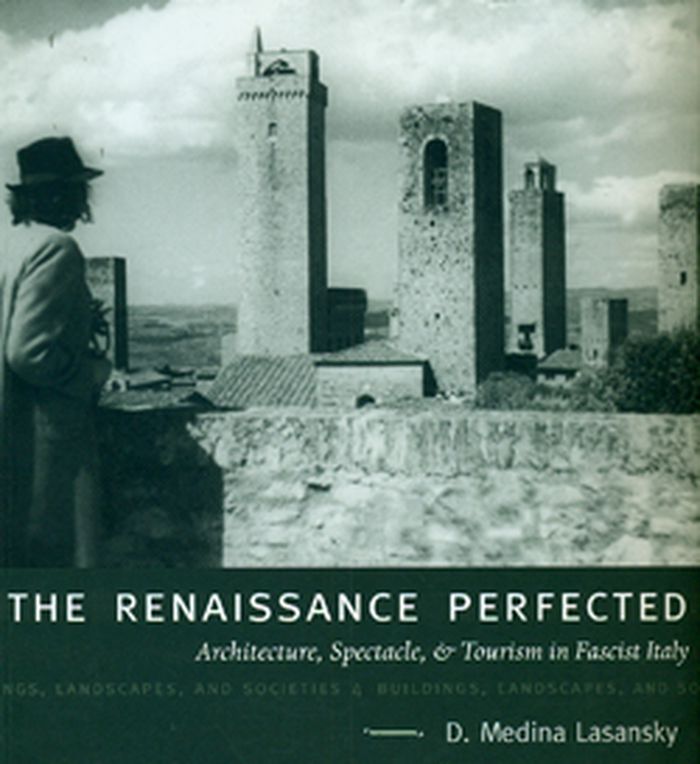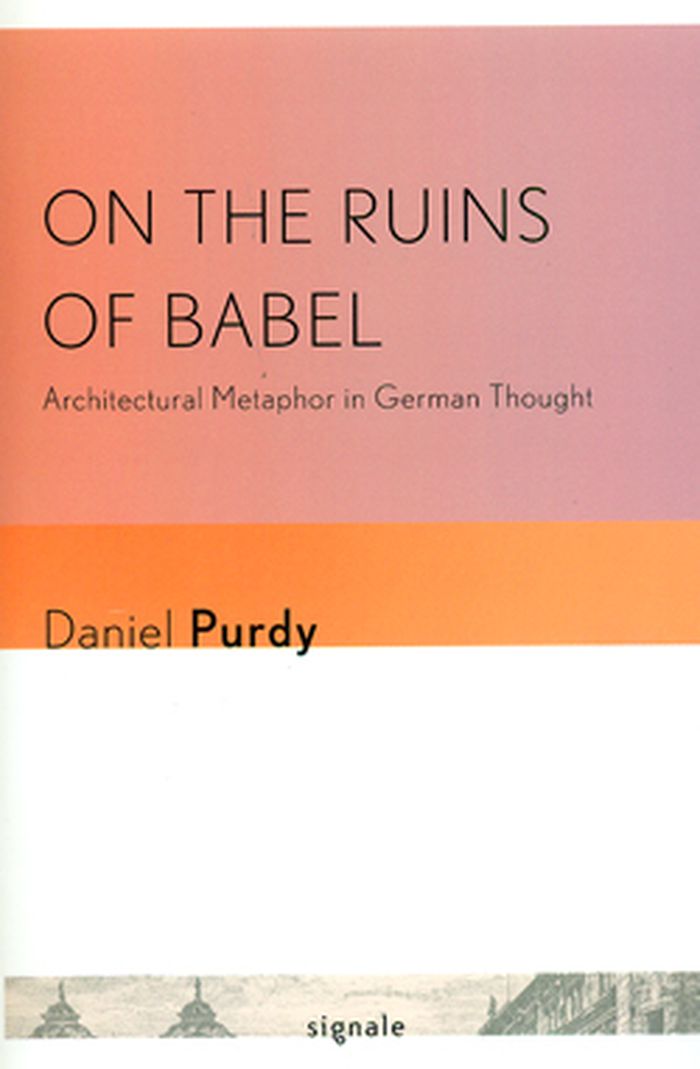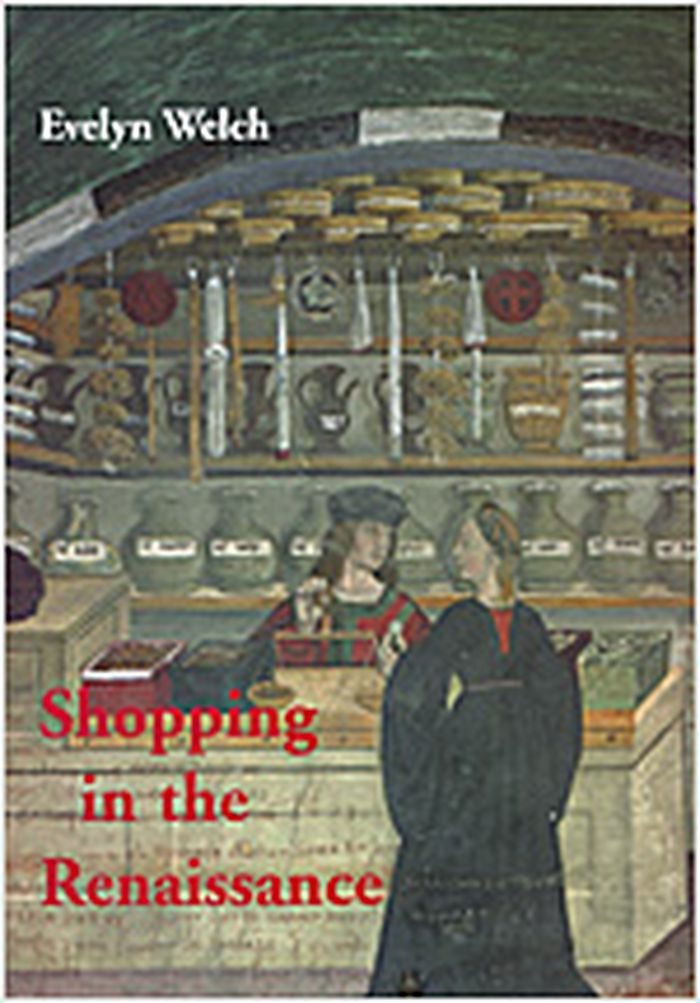books
Description:
viii, 108 pages : illustrations ; 20 cm.
Princeton : Princeton University Press, [2020]
Lateness / Peter Eisenman with Elisa Iturbe.
Actions:
Holdings:
Description:
viii, 108 pages : illustrations ; 20 cm.
books
Princeton : Princeton University Press, [2020]
books
Description:
xvi, 258 pages, 4 unnumbered pages : illustrations ; 24 cm
Cambridge, Massachusetts : MIT Press, [1989], ©1989
On Leon Baptista Alberti : his literary and aesthetic theories / Mark Jarzombek.
Actions:
Holdings:
Description:
xvi, 258 pages, 4 unnumbered pages : illustrations ; 24 cm
books
Cambridge, Massachusetts : MIT Press, [1989], ©1989
books
$104.00
(available in store)
Summary:
The Hypnerotomachia Poliphili has long been considered the most legendary and enigmatic architectural book ever written. Liane Lefaivre offers the closest critical-theoretical reading to date, placing it within both the historical context of the quattrocento and the rethinking of the metaphor of the architectural body.
Leon Battista Alberti's Hypnerotomachia poliphili : re-cognizing the architectural body in the early Italian Renaissance
Actions:
Price:
$104.00
(available in store)
Summary:
The Hypnerotomachia Poliphili has long been considered the most legendary and enigmatic architectural book ever written. Liane Lefaivre offers the closest critical-theoretical reading to date, placing it within both the historical context of the quattrocento and the rethinking of the metaphor of the architectural body.
books
January 1997, Cambridge
Architectural Theory
$26.95
(available to order)
Summary:
A brief examination of the theory and practice of Renaissance architecture that draws attention to the values underlying this style.
Architectural principles in the age of humanism
Actions:
Price:
$26.95
(available to order)
Summary:
A brief examination of the theory and practice of Renaissance architecture that draws attention to the values underlying this style.
Architectural Theory
$60.95
(available to order)
Summary:
Mussolini’s bold claims upon the monuments and rhetoric of ancient Rome have been the subject of a number of recent books. D. Medina Lasansky shows us a much less familiar side of the cultural politics of Italian Fascism, tracing its wide-ranging efforts to adapt the nation’s medieval and Renaissance heritage to satisfy the regime’s programs of national regeneration.(...)
The Renaissance perfected: architecture, spectacle, and tourism in Fascist Italy
Actions:
Price:
$60.95
(available to order)
Summary:
Mussolini’s bold claims upon the monuments and rhetoric of ancient Rome have been the subject of a number of recent books. D. Medina Lasansky shows us a much less familiar side of the cultural politics of Italian Fascism, tracing its wide-ranging efforts to adapt the nation’s medieval and Renaissance heritage to satisfy the regime’s programs of national regeneration. Anyone acquainted with the beauties of Tuscany will be surprised to learn that architects, planners, and administrators working within Fascist programs fabricated much of what today’s tourists admire as authentic. Public squares, town halls, palaces, gardens, and civic rituals (including the famed palio of Siena) were all "restored" to suit a vision of the past shaped by Fascist notions of virile power, social order, and national achievement in the arts. Ultimately, Lasansky forces readers to question long-standing assumptions about the Renaissance even as she expands the parameters of what constitutes Fascist culture.The arguments in The Renaissance Perfected are based in fresh archival evidence and a rich collection of illustrations, many reproduced for the first time, ranging from photographs and architectural drawings to tourist posters and film stills. Lasansky’s groundbreaking book will be essential reading for students of medieval, Renaissance, and twentieth-century Italy as well as all those concerned with visual culture, architectural preservation, heritage studies, and tourism studies.
Architectural Theory
books
Description:
5 volumes : illustrations ; 24 cm
Hamden, CT : Garland, 1995.
Michelangelo, selected scholarship in English / series editor, William E. Wallace.
Actions:
Holdings:
Description:
5 volumes : illustrations ; 24 cm
books
Hamden, CT : Garland, 1995.
$43.95
(available to order)
Summary:
In this publication, Daniel Purdy surveys the volatile state of architectural theory in the Enlightenment, brought on by the newly emerged scientific critiques of Renaissance cosmology, then shows how German writers redeployed Renaissance terminology so that "harmony," "unity," "synthesis," "foundation," and "orderliness" became states of consciousness, rather than(...)
On the ruins of Babel : architectural metaphor in German thought
Actions:
Price:
$43.95
(available to order)
Summary:
In this publication, Daniel Purdy surveys the volatile state of architectural theory in the Enlightenment, brought on by the newly emerged scientific critiques of Renaissance cosmology, then shows how German writers redeployed Renaissance terminology so that "harmony," "unity," "synthesis," "foundation," and "orderliness" became states of consciousness, rather than terms used to describe the built world. Purdy's distinctly new interpretation of German theory reveals how metaphors constitute interior life as an architectural space to be designed, constructed, renovated, or demolished. He elucidates the close affinity between Hegel's Romantic aesthetic of space and Daniel Libeskind's deconstruction of monumental architecture in Berlin's Jewish Museum. Through a careful reading of Walter Benjamin's writing on architecture as myth, Purdy details how classical architecture shaped Benjamin's modernist interpretations of urban life, particularly his elaboration on Freud's archaeology of the unconscious. Benjamin's essays on dreams and architecture turn the individualist sensibility of the Enlightenment into a collective and mythic identification between humans and buildings.
Architectural Theory
$56.50
(available to order)
Summary:
Shopping was as important in the Renaissance as it is today. This fascinating and original book breaks new ground in the area of Renaissance material culture, focusing on the marketplace and such related topics as middle-class to courtly consumption, the provision of foodstuffs, and the acquisition of antiquities and holy relics. The book investigates how men and women of(...)
Shopping in the Renaissance : consumer cultures in Italy 1400-1600
Actions:
Price:
$56.50
(available to order)
Summary:
Shopping was as important in the Renaissance as it is today. This fascinating and original book breaks new ground in the area of Renaissance material culture, focusing on the marketplace and such related topics as middle-class to courtly consumption, the provision of foodstuffs, and the acquisition of antiquities and holy relics. The book investigates how men and women of different social classes went to the streets, squares, and shops to buy goods they needed and wanted on a daily—or a once-in-a-lifetime—basis, during the Renaissance period.
Architectural Theory
books
Description:
xiii, 459 pages : illustrations (some color), maps (some color) ; 29 cm
Boston : Pearson, ©2012.
Urbanization : an introduction to urban geography / Paul L. Knox, Linda McCarthy.
Actions:
Holdings:
Description:
xiii, 459 pages : illustrations (some color), maps (some color) ; 29 cm
books
Boston : Pearson, ©2012.
books
Description:
xxiii, 442 pages : illustrations ; 27 cm
Cambridge, Mass. : MIT Press, ©1988.
On the art of building in ten books / Leon Battista Alberti ; translated by Joseph Rykwert, Neil Leach, and Robert Tavernor.
Actions:
Holdings:
Description:
xxiii, 442 pages : illustrations ; 27 cm
books
Cambridge, Mass. : MIT Press, ©1988.



